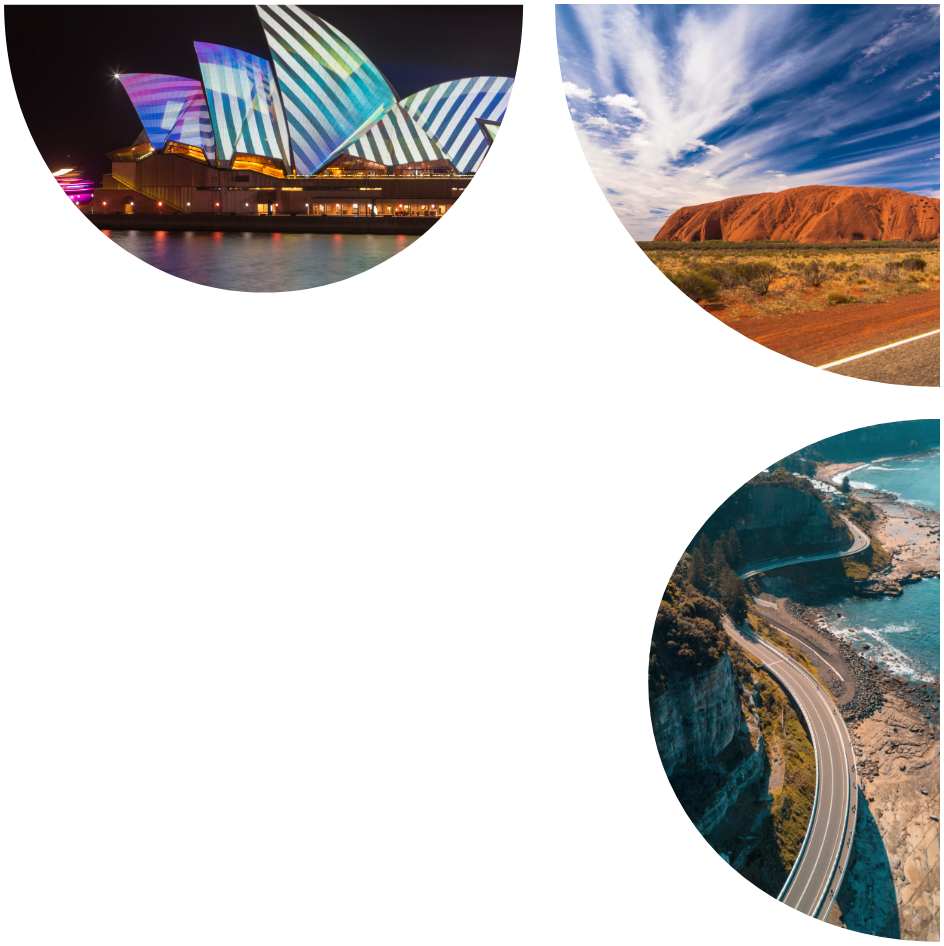Australia to Lift International Student Cap to 295,000 Next Year, with a Strong Focus on Southeast Asia
The Australian Government has announced that, from next year, the cap on international student enrolments will rise to 295,000, an increase of 25,000 places compared with this year. This marks the first expansion of the cap after a year of tightened controls.

Source: Australian Department of Education official website
Why the Easing Now?
Over the past 12 months, visa and admissions policies for international students have been tightened, primarily to manage population growth, ease pressure on the rental market, and ensure the education sector remains on a sustainable footing.
With data showing that student numbers have been effectively brought under control, the Government is now moving to moderately ease restrictions — aiming to maintain the economic benefits of international education without allowing uncontrolled growth.
How Will Places Be Allocated?
Under the policy framework:
- Around two-thirds of the new places will go to undergraduate and postgraduate university courses
- Around one-third will be allocated to the vocational education and training (VET) sector
- Large public universities will be required to provide housing feasibility evidence to ensure both domestic and international students have access to safe accommodation
- Enrolment structures will prioritise applicants from Southeast Asia
Why the Focus on Southeast Asia?
From geopolitics to economic cooperation, Australia is working to strengthen its educational ties with Southeast Asia, boosting its “soft power” and reducing reliance on a single market. This means students from the region may benefit from more scholarships, improved admission prospects, and priority visa processing in the years ahead.
Impact on Students from Other Countries
While the total cap is increasing, competition will remain strong for major source countries such as China and India:
- Popular disciplines (e.g., nursing, IT, engineering) will still have limited places
- High-entry standard institutions will not lower their requirements
- Visa processing will continue to scrutinise financial capacity, English language proficiency, and Genuine Student intent
With the higher cap and a clear policy direction, Australia’s international education sector is set for a new phase. Regardless of where they are from, prospective students will need to plan ahead to stand out in a competitive landscape.
If you have any questions or would like professional assistance, please feel free to contact us at Riverwood Migration (Email: [email protected]). We are committed to providing transparent, expert migration services to help you achieve your dream of moving to Australia.






